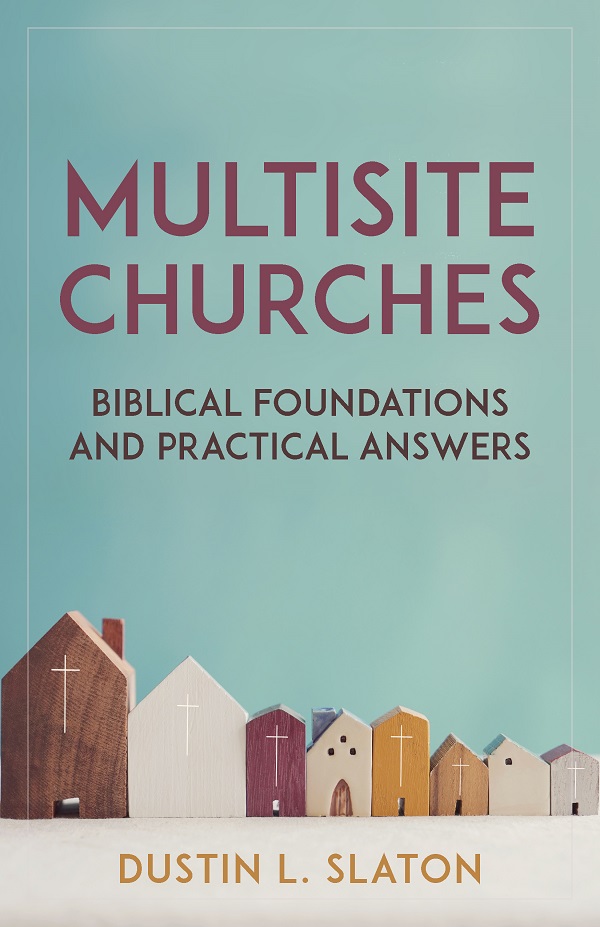I’ll start with some interesting statistics about multisite churches in America:
- Over a ten-year period, from 1999-2009, the number of multisite churches grew from 200 to over 3,000.
- There were more than 5,000 multisite churches in America in 2012.
- Thom Rainer of the Leadership Network estimates that the number of multisite churches today could be around 10,000.
These numbers are a surprise to me. I know there are a lot of multisite churches, but 10,000 right now. Wow! It is clear that “multisite churches are here to stay” and have officially entered “into the mainstream of church life” (p. 84).
Here is Dustin Slaton’s definition of a multisite church:
A multisite church is one church whose members ordinarily gather at multiple campuses and ideally gather together as a whole church occasionally. The campuses of a multisite church function under the authority of the whole membership who are united together by covenant to carry out the biblical responsibilities, functions, and ministries of a church. Multisite churches share a common vision, budget, and leadership.
Duston Slaton methodically works through the elements of this definition as the book progresses. As Slaton looked at the literature about multisite churches, the need for a book became clear that could provide a holistic theological defense of the multisite model. So in this book, Slaton seeks to show that if “the multisite model of church can fall within biblical parameters, then, when appropriate, it should be used wisely by churches for the sake of reaching the lost” (p. 33). The desire is to provide a foundation to show that the multisite model is biblical and not just another church growth fad.
Now that I have read this book I am much more informed about the definitions of the multisite movement over the years, the history behind the movement, and the key writers in the field. Slaton often quotes from leaders of multisite churches such as Matt Chandler, John Piper, and J.D. Greear. I also found chapter three to be insightful about the foundational assumptions of the multisite church movement:
- It fulfills a Great Commission purpose.
- It is a biblical model.
- It is practicing good stewardship.
- It is the most effective model for multiplication and evangelism.
- It is not a replacement for other multiplication methods.
Part three, chapters 5-15, is the bulk of the book. Slaton selects 11 traits of a healthy church and addresses them one at a time for each chapter. For each trait, he provides a summary of the trait, the history of the trait, and how the trait can be applied in a multisite context. Chapter 16 is a summary of part three as it lists all the traits of a healthy church together with brief comments on how multisite churches can implement the trait. The eleven traits of a healthy church are: preaching, the ordinances, church membership, church discipline, leadership, corporate worship, discipleship, prayer, evangelism and missions, stewardship, and community.
The final section of this book seeks to answer the many critiques of multisite churches and the multisite movement as a whole. Some examples of critiques are: multisite churches are unbiblical, multisite churches cannot function as congregational churches, multisite church pastors cannot shepherd their flocks, and multisite churches are in conflict with church planting. This section is worth the price of the book as Slaton addresses the many critiques with precision and clarity. This book is also extremely well-researched with hundreds of helpful footnotes. I highly recommend this book.
I received this book in exchange for an honest review.


